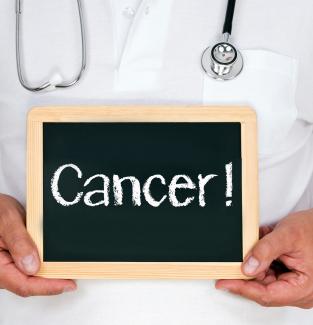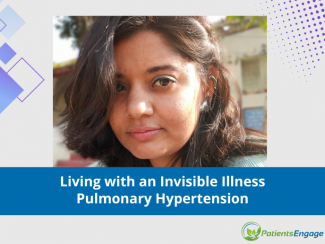
A Mumbai-based mother talks about her son’s cancer (Acute Lymphoblastic Leukemia) treatment in India and the US. As told to Utsa Shah.
My son Anshuman was diagnosed with T cell Acute Lymphoblastic Leukemia when he was 13 years old. This was in 2011. He had just participated in the Mumbai Marathon. So, when he complained of weakness and pain in his legs, we initially put it down to the exertion of the marathon. He was also eating a lot less. When his condition did not improve, we took him to a paediatrician, who immediately sent us to a very senior haematologist in the city. We did the first blood test and first bone marrow aspiration at his clinic. It was found that he had swelling in the lymph nodes, low platelet count, poor blood clotting and he was prone to bruising really fast. The diagnosis was T cell Acute Lymphoblastic Leukemia.
This type of leukemia is classified as Acute or Chronic. Anshuman had Acute, which spreads faster in the blood but it can also be eradicated faster than the Chronic type. His bone marrow was producing the wrong cells, the white blood cells meant to protect him were not working and the marrow was overacting, hence the bone pain.
There are various protocols to treat this condition, like the BFM 95 (Berlin, Frankfurt, Munich) protocol, the German protocol etc. It has been seen that the German protocol works best with Indian kids. This protocol follows a two-year schedule of treatment.
Anshuman started spinal chemotherapy but most of the chemotherapy was intravenous. But while on treatment, he had a relapse. He lost almost 20kg during the treatment. We decided to pursue his treatment at the Children’s Hospital of Philadelphia (CHOP) in the US. Anshuman was treated there from September 2011 to June 2012.
We had a very positive experience in the US. In India, Anshuman was in complete isolation – going from his bedroom to the car to the hospital room. At home, the entire house was cleaned two to three times a day with Dettol water and we didn’t let too many people visit him due to the fear of infection.
In the US, the pain management and the way this disease is treated is far better than in India. There, they made Anshuman feel as if he was the most important person in the hospital. Hospital volunteers would come and play with him. He was also visited by friends of ours who were studying at the university. This gave me a little break as well, since in the US, I did not have the support of our family and friends that I had back home. Another huge benefit was that Anshuman could continue with his education at the hospital. He could attend classes and keep up with his studies. This enabled him to join Class 9 after we returned to India and he did not lose a year. Anshuman still goes to the US every year for check-ups with the doctor.
I should also mention that occupational and physical therapy played a key role in Anshuman’s journey back to health. His rehabilitation began with occupational therapy, which started with him learning how to walk again and learning to be self-sufficient (wearing his own clothes, having a bath on his own, going to the toilet on his own, etc.).
Occupational therapy went on for almost a year after he finished treatment (i.e. till mid 2013). Since then, he has been doing physical therapy and continues to do so. Physical therapy is meant to get him back to his normal fitness and get back to playing the sports he used to play (football, swimming, cricket, etc). Occupational therapy involved a lot of balance, fine motor skills and massages. He had to learn which muscles to use for what task. Physical therapy is more strenuous, where he does functional training, weight training and cardiovascular exercises, to get him back to the same fitness as other kids his age.
What helped us cope emotionally with this disease is that we did not hide anything from family and friends. To deal with such a situation, acceptance is key. Everyone was very supportive.
I also believe, and so does Anshuman, that counselling is very important. Anshuman goes to the counsellor twice every week. When families go through a difficult situation like this, you need any help you can get to cope with the emotional stress. I think the attitude towards the disease is what matters and that’s what has to be changed in our country. India needs to start dealing with this disease in a different way.
Anshuman is now 16, cancer-free and active. He attends a regular school and took his Class 10 final exams this summer.






